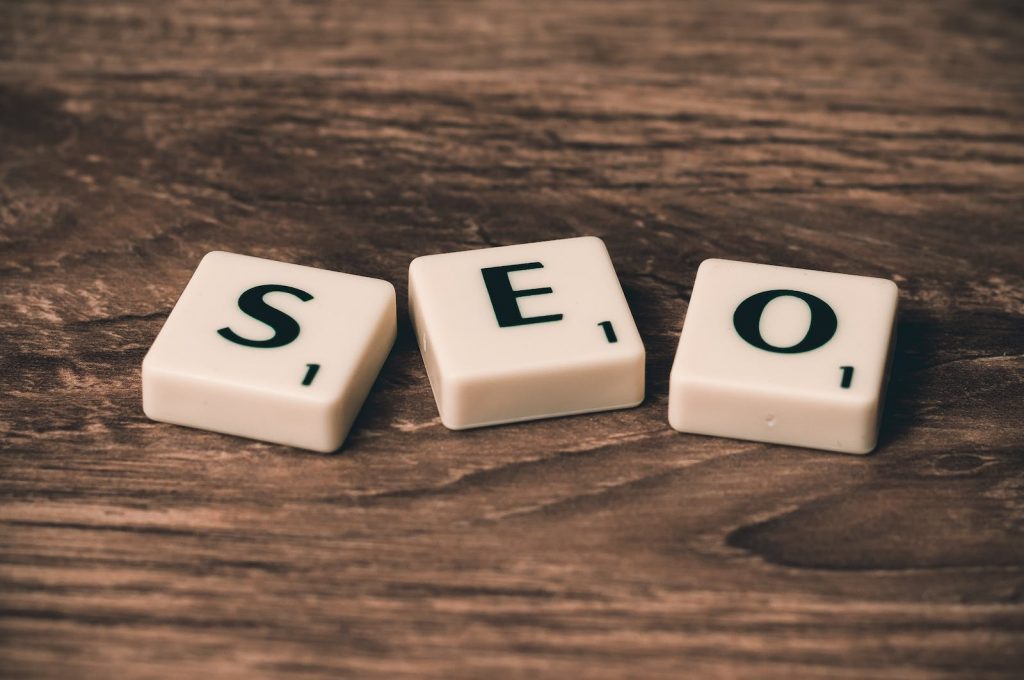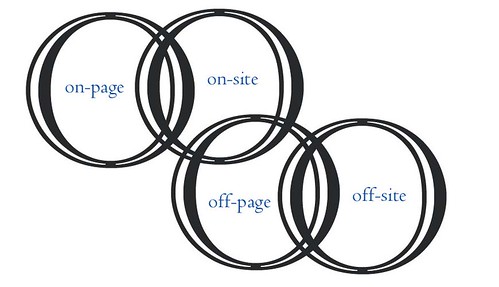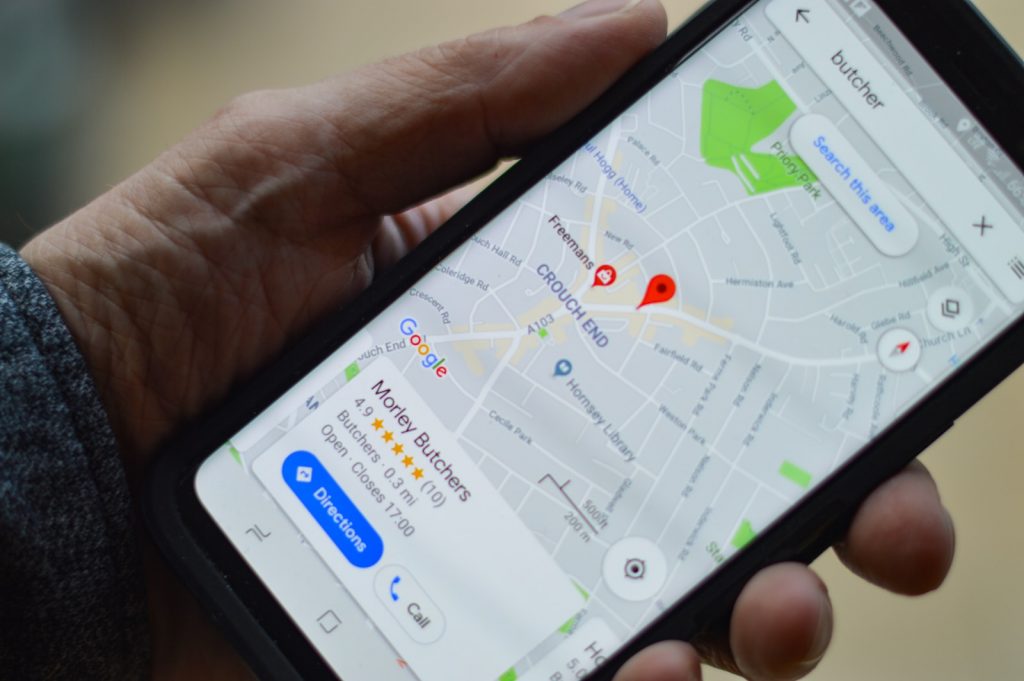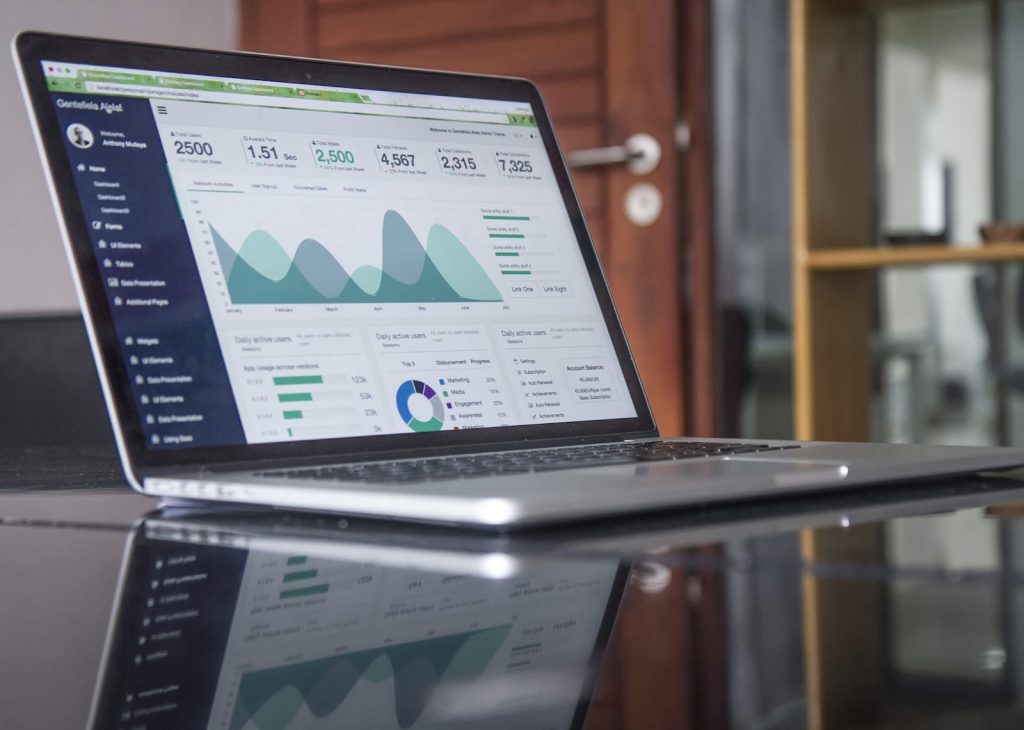
Not for Services
Disclaimer: This Site is for educational purposes only. I do not offer SEO services, freelance work, or paid consultations. All content is non-commercial.
On-Page SEO
On-page SEO is a crucial component for any business owner’s digital strategy. It involves optimizing individual webpages on a site, both content and underlying HTML source code, to rank higher and earn more relevant traffic from search engines. This includes using relevant keywords in your content, optimizing meta tags, headers, and URLs, improving site speed, and ensuring your site is mobile-friendly. By doing so, it makes your website more visible to people who are looking for solutions that your brand, product, or service can provide via search engines like Google. This increased visibility leads to more traffic, and potentially more customers, making it an essential tool for business growth.
Local SEO
Local SEO is a strategic process that focuses on emphasizing the optimization efforts of local brick-and-mortar businesses. It’s all about increasing search visibility for businesses that serve their communities face-to-face. This can be a physical business serving in-person customers, like a restaurant or dental practice, or a service area business that operates throughout a certain geographic area, like a home improvement company or cleaning service. By optimizing your website for local search, you can help your business stand out in local search results, attract more customers, and naturally grow your business. It includes strategies like optimizing your Google My Business profile, building local citations, earning reviews, and creating locally-focused content. In essence, local SEO helps potential customers discover your business, and find out important details about what you do and how you can solve their problem.
Technical SEO refers to the process of optimizing your website for the crawling and indexing phase. It’s called “technical” because it has nothing to do with the actual content of the website or with website promotion. The main goal of technical SEO is to optimize the infrastructure of a website. With technical SEO, you can help search engines access, crawl, interpret and index your website without any problems. It includes strategies like improving site speed, creating an XML sitemap, ensuring your website is mobile-friendly, and using SSL encryption. Good technical SEO helps search engines crawl and index your site more effectively, which in turn can lead to higher rankings, increased visibility, and more organic traffic. For a business owner, this means more potential customers and growth for your business.
Technical SEO
FAQ
What is SEO and why is it important for my business?
SEO, or Search Engine Optimization, is the practice of increasing the quantity and quality of traffic to your website through organic search engine results. It involves making certain changes to your website design and content that make your site more attractive to a search engine.
SEO is important for businesses because it provides organizations with the visibility they need to attract customers during this digital era. It’s not only about attracting traffic to your site but more about attracting the right kind of traffic that can lead to increased conversions.
Moreover, SEO is cost-effective compared to other forms of online marketing like Pay-Per-Click advertising. It’s a long-term strategy that has a lasting impact on your business. It improves user experience and usability of a website and puts you ahead of the competition. A website that is optimized for search engines is also better able to serve its customers, is more credible and trustworthy in the eyes of its audience.
How long does it typically take to see results from SEO?
SEO is a long-term strategy and it typically takes several months to start seeing results. This is because it takes time for search engines to crawl and index your site, and then rank it appropriately among all the other sites on the web.
Generally, you can expect to start seeing initial results within 4 to 6 months. However, significant improvement usually occurs between 6 to 12 months. It’s important to note that SEO results grow over time. Whatever results you’re getting at 6 months should be considerably less than what you’re getting at 12 months.
Remember, SEO is an ongoing process. As search engine algorithms change regularly, it’s important to adapt your SEO strategy to the evolving landscape. Consistency, patience, and a focus on user experience are key to a successful SEO strategy.
How do you measure the success of your SEO efforts?
The success of SEO efforts is typically measured using several key performance indicators (KPIs). Here are some of the most common ones:
-
Organic Traffic: One of the most obvious measures of SEO success is an increase in organic traffic, or the number of visitors coming to your site through search engines.
-
Keyword Rankings: The positions your website holds in the search engine results pages (SERPs) for targeted keywords can provide a clear measure of your SEO efforts.
-
Bounce Rate: This refers to the percentage of visitors who navigate away from your site after viewing only one page. A lower bounce rate is a good indicator of engaging, quality content.
-
Conversion Rate: This is the percentage of users who take a desired action on your site, such as making a purchase or filling out a form. Increasing this rate is often a main goal of SEO.
-
Page Load Time: The speed at which your webpages load is a critical SEO factor, and reducing this time can lead to improvements in user experience and rankings.
-
Backlinks: The number and quality of backlinks to your site can indicate the success of your off-page SEO efforts.
-
Pages per Session: This metric shows how many pages a user visits during one session, indicating how engaging your website is.
Remember, the best metrics for you depend on your business goals. It’s important to set clear objectives at the beginning of your SEO campaign to ensure you’re tracking what matters most to your business.
What steps will you take to improve our SEO rankings?
To improve your SEO rankings, I would take the following steps:
-
Website Audit: Conduct a comprehensive audit of your website to identify areas of improvement.
-
Keyword Research: Identify relevant keywords that your target audience is using to find products or services like yours.
-
On-Page Optimization: Optimize your website’s content and meta tags to ensure they’re keyword-rich and relevant to your business.
-
Technical SEO: Improve the technical aspects of your website such as site speed, mobile-friendliness, and URL structure to enhance user experience and search engine crawling.
-
Content Creation: Develop high-quality, original content that provides value to your audience and includes your target keywords.
-
Link Building: Implement a link building strategy to earn high-quality backlinks from reputable websites.
-
Local SEO: If you’re a local business, optimize your website for local search terms and manage your online listings.
-
Monitoring and Reporting: Regularly monitor your website’s performance and adjust your SEO strategy as needed based on data-driven insights.
Remember, SEO is a long-term strategy and it may take some time to see improvements in your rankings. Consistency and patience are key.
Can you explain the difference between on-page, off-page, and technical SEO?
Sure, let’s break down the differences:
On-Page SEO: This refers to the practice of optimizing individual webpages in order to rank higher and earn more relevant traffic in search engines. On-page refers to both the content and HTML source code of a page that can be optimized, as opposed to off-page SEO which refers to links and other external signals. It includes things like keyword presence, content quality, page load speed, URL structure, and internal linking.
Off-Page SEO: This refers to all the measures that can be taken outside of the actual website in order to improve its position in search rankings. These are measures that help create as many high-quality backlinks (incoming links) as possible. It includes things like link building, social media marketing, and influencer marketing.
Technical SEO: This refers to the process of optimizing your website for the crawling and indexing phase. It’s called “technical” because it has nothing to do with the actual content of the website or with website promotion. The main goal of technical SEO is to optimize the infrastructure of a website. It includes things like site speed, mobile optimization, XML sitemaps, schema markup, and security.
Each of these components plays a crucial role in your website’s visibility in search engines, and they all work together to improve your site’s organic search ranking.
Is this all services you offer ?
No, This page is for educational purposes only. I do not offer SEO services, freelance work, or paid consultations. All content is non-commercial.



